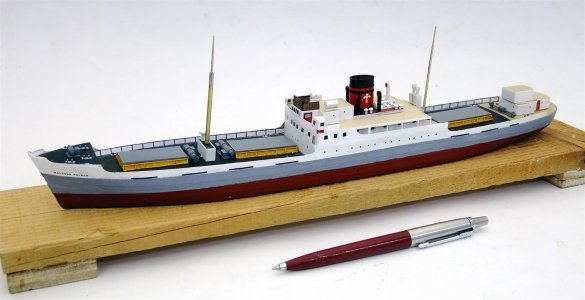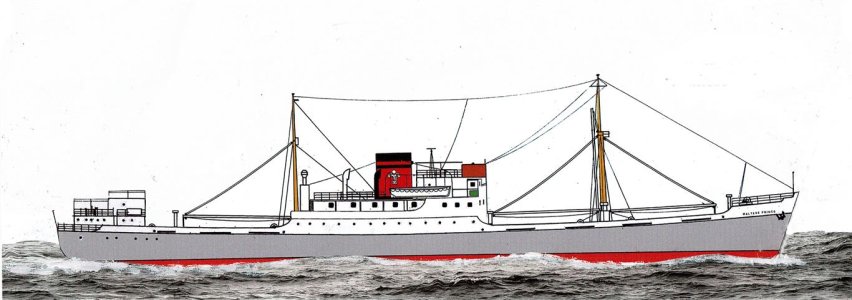- Joined
- Feb 18, 2019
- Messages
- 696
- Points
- 353

Hello,
To follow the discussion here:
Why do some people feel model ship building needs a wider audience?
What would it achieve?
Pros and cons:
You may answer the question if You think it does.
Others, who think it does not, may also offer their thoughts.
This is a general / wide ranging question addressed to All members, and you may express your thoughts without fear of being "off subject".
Kindest regards.
G.
To follow the discussion here:
an idea to reach more audiences
What do you think about the idea of making a TV program to spread modeling to a wider audience... The masters who are here and have free time can give lessons and practices about modeling... It can also be a source of income for this forum that we are members of... What are your thoughts?
shipsofscale.com
What would it achieve?
Pros and cons:
You may answer the question if You think it does.
Others, who think it does not, may also offer their thoughts.
This is a general / wide ranging question addressed to All members, and you may express your thoughts without fear of being "off subject".
Kindest regards.
G.
Last edited:













